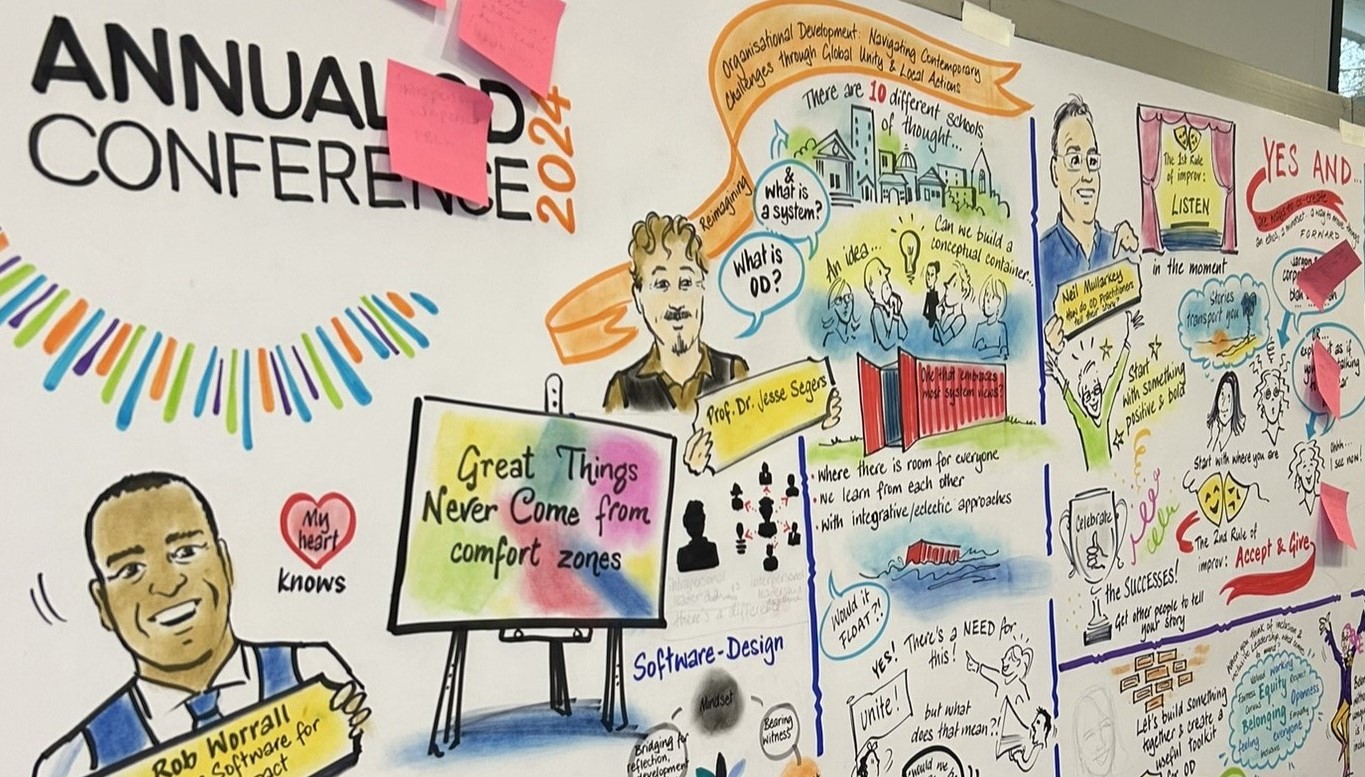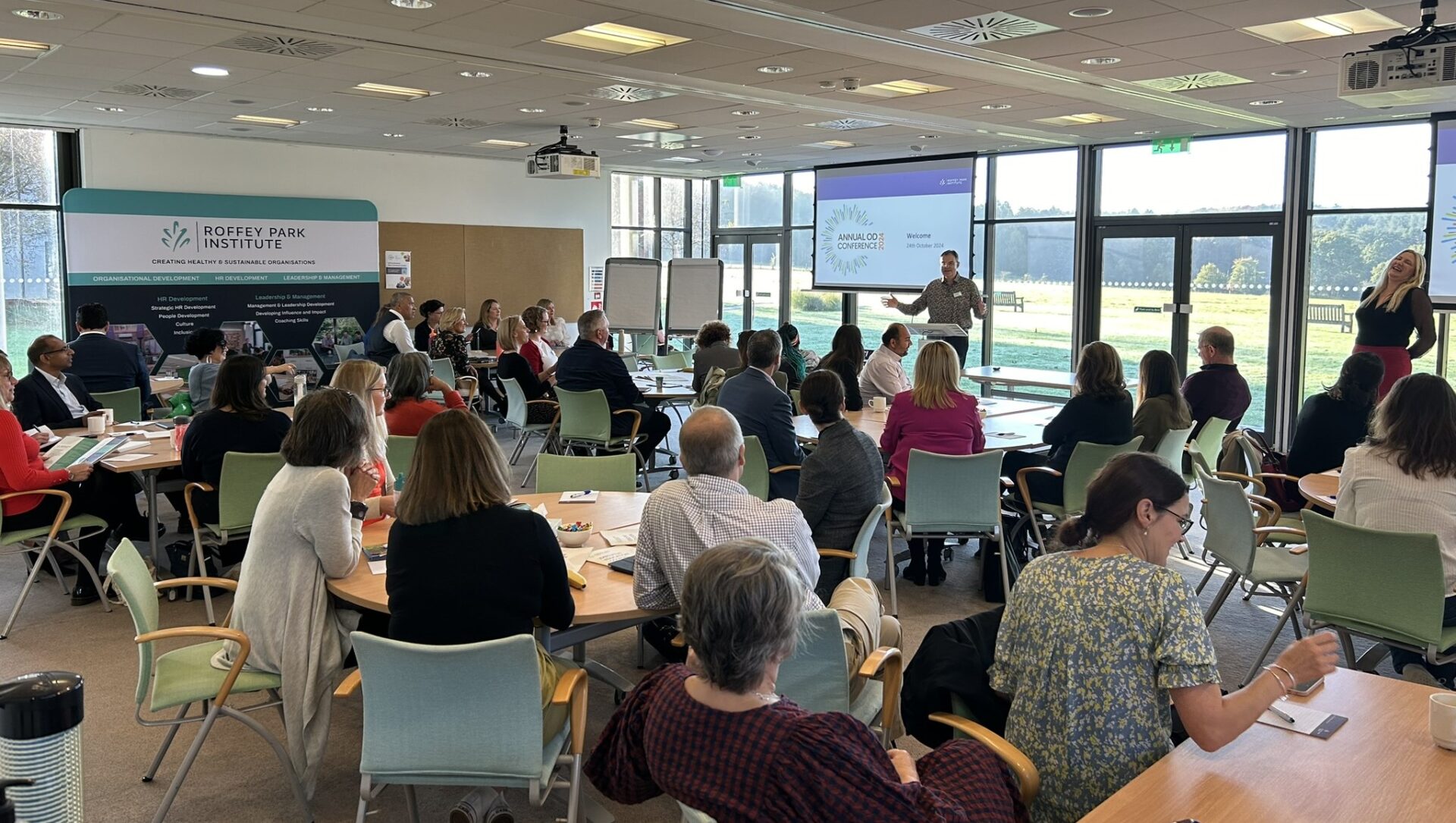Meysam Poorkavoos and Ana Karakusevic
What does the future hold for the workplace? We can’t step into a time machine to find the answer, but we know already that automation and AI will have a huge impact and there is growing disquiet about the skills and capabilities that humans will need in the future.
Research by the World Economic Forum shows that demand for certain work-related skills are changing over time. Data from their Future of Jobs survey[1] shows that demand for core work-related skills such as cognitive ability, systems skills and complex problem solving is growing while demand is declining for other skills such as physical abilities, technical skills or resource management skills. The report also points out that some of these talents take longer to develop compare to other skills that are associated with formal education routes.
In our previous research reports[2] we have discussed how training and development and upskilling current employees is one way of addressing some of the anxieties around job losses and developing the necessary skills for the future. However, that’s not all. Another way of addressing skill shortages is building a workforce of a diverse talent.
This year, in our Management Agenda 2019 survey, we have specifically focused on cognitive diversity, and neurodiversity.
We define cognitive diversity as a variety of different opinions, and specifically, expressed dissent or challenge to the established and dominant ways of thinking within a system. Neurodiversity refers to how the brain can process and interpret information in different ways; it is often used in relation to people who “think differently” to the majority population, in a similar way that people with physical disabilities (or different aptitudes) interact with the world differently.
Of the total of 760 survey respondents, half of the respondents agreed that their organisation is effective at recruiting and retaining individuals with cognitive diversity. However, when asked whether their organisation was effective at leveraging the benefits of cognitive diversity, the proportion of respondents who agreed or strongly agreed dropped to 43%.
So, it seems that while many organisations aim to recruit a cognitively diverse workforce, they have not as yet found consistently effective ways of harnessing the benefits of conflicting and diverging views. This is perhaps because, while the intention may be there, once the effects of cognitive diversity (dissent, difference) start showing up, they are not as welcome as it might have seemed.
When it comes to neurodiversity, the situation looks bleaker.
Only 24% of the respondents’ organisations have policies and practices in place to attract and nurture neurodiversity, and only 20% have recruited for neurodiversity in the last 3-5 years. This is very disappointing given how much neurologically diverse employees can contribute to organisations. Studies by Harvard University[3] shows a neuro-diverse workforce improve innovation and problem solving as people see and understand information in a range of different ways. Some of the responses to our survey also identify the values that this group of people bring to the organisation. For example, one of our survey respondents said:
“We have an employee with some autistic background but recognised his ability to contribute (a brilliant technological ability) and work with him to deal with any problems which might inhibit his development.” Another respondent said, “I have employed staff with dyspraxia and dyslexia, both amazing employees”.
To realise the benefits of this untapped potential, most organisations need to adjust their recruitment, selection and career development policies. Below are some suggestions from our survey respondents on how to reach those candidates:
“Sourcing through different channels – using local networks and neuro diverse specialist agencies to reach those who we may not ordinarily reach. Amending role profiles, tailored working and recruitment processes”
“Collaboration with learning difficulty groups and creating roles which can be done by these individuals”
“We are in the process of providing long term placements and apprenticeships for individuals on the autistic spectrum”
“Using specialist agencies in diverse communities.”
“Apprentice programmes and opportunities-based programmes for people with differing needs, no previous work experience across generations, neurodiversity, etc”
Existing recruitment processes in most organisations are not designed for this broader definition of talent. Ultranauts, a New York based software company, has redesigned its entire business and recruitment processes around neurodiversity[4] to actively recruit individuals on the autism spectrum. One example of this is that during recruitment they don’t rely on the traditional approaches to hiring such as examining communication competencies or previous experiences of specific skill. Instead potential employees are assessed for certain attributes such as ability to learn a new system or take on feedback. After this initial phase, the candidates work from home for a week and their time is fully paid. By the end of this process they are very confident whether the candidate can do the job even if they have no previous experience.
And it doesn’t stop there because it’s important to create a work environment that accommodates the needs of this workforce so that you can harness the potential that they bring with them. For example, this means ensuring that your organisational culture is open to people voicing a different view or providing a supportive and different working environment. Managers and peers will also need support and guidance to ensure that everyone who joins can quickly feel like a valued part of the team. Overall, what these findings tell us is that cognitive and neuro diversity remains very much a work in progress for organisations, and there is a great deal of untapped potential that will benefit organisations as they face whatever the future might hold.
[1] Future of Jobs Survey, The Future of Jobs, The World Economic Forum 2016 p. 22[2] Lucy D., Wellbelove J., Poorkavoos M., Hatcher C. (2018) Management agenda, Roffey Park institute: Horsham.
[3] Austin R., Pisano G. (2017) Neurodiversity as a competitive advantage, Harvard Business Review, URL: https://hbr.org/2017/05/neurodiversity-as-a-competitive-advantage
[4] https://www.bbc.com/worklife/article/20191018-where-75-of-workers-are-on-the-autistic-spectrum





